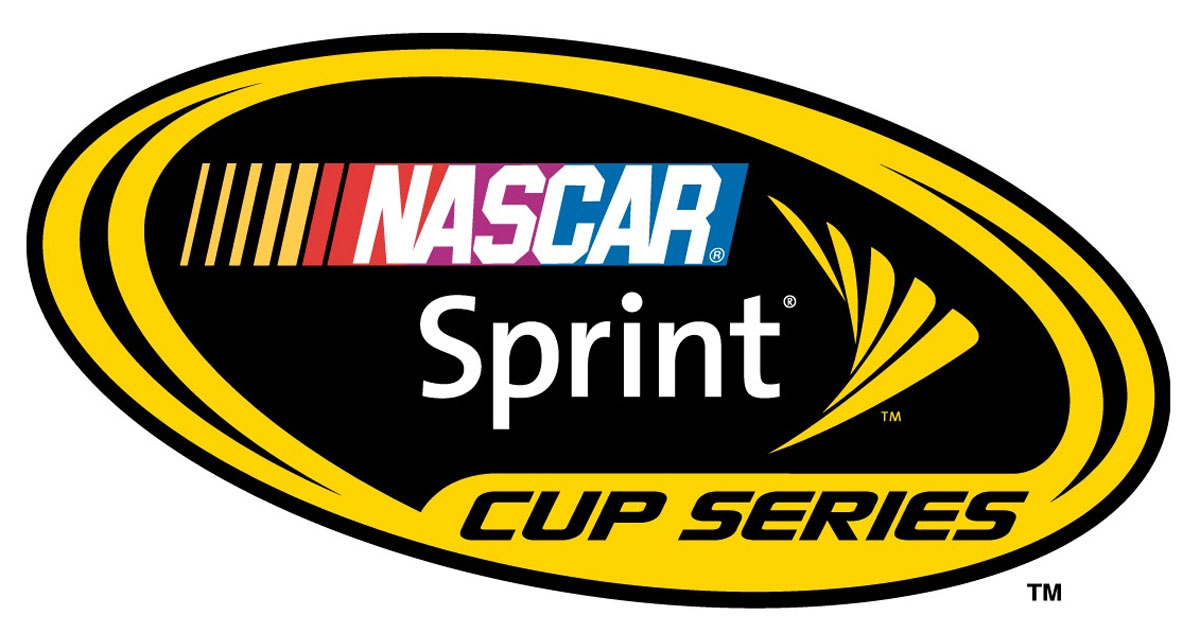
A pit-road speeding penalty during the final laps of Goody’s Fast Relief 500 at Martinsville Speedway cost Jimmie Johnson any chance to challenge for victory at the .526-mile short track and caused him to finish back in 11th place.
His frustation about the speeding penalty was so extensive accusing NASCAR of reaction to perception, rather than reality, as he was adamant that he wasn’t speeding at all.
“I wasn’t speeding. They didn’t like how it looked—the way I managed my timing lines. There is just no way. People will say whatever, but with the math and the way we know our timing lines, there is just no way.”

Similar poem is heard every time a speeding penalty spoils driver's celebrations in the victory lane, just like Juan Pablo Montoya's dominating run at Indianapolis in 2009. After NASCAR informed the team about the penalty, he radioed to crew chief Brian Pattie:
“I swear on my children and my wife, I wasn’t speeding. There is no way. Thank you, NASCAR, for screwing my day.”
According to NASCAR, Montoya was speeding through two timed segments of pit road in 2009 and Johnson traveled 35.53 mph between timing lines entering pit road.
NASCAR's strategy speeding calculations divides pit-road into segments by timing lines, and drivers must spend a minimum amount of time in each segment – the amount of time it would take to go through the segment at pit-road speed plus a 5 mph tolerance.
Drivers tend to speed up and slow down within a timing zone to get the most out of their pit stops, especially in the zone where their pit stall is located. So teams choose their pit stalls based on where the timing lines are located, and qualifying results determine the order teams choose their pit stalls.
pit-road into timed segments, and drivers must remain below the speed limit-plus-tolerance, on average, through each segment.
Pit road speed at Martinsville was 30 mph, plus a 5 mph tolerance that’s common to every racetrack. When a driver speeds through any of the segments, the speed registers on a computer in NASCAR scoring and glows red. Teams are allowed to view a printout of their segments only after the incident.

In fact as positioning during caution restarts is so important for the race, crew chiefs and drivers try to push their pit-road speeds to the absolute limit. That’s their job. Johnson and crew chief Chad Knaus have refined timing-line management to a science. If you choose a pit stall, for instance, that’s just beyond a timing line, you can drive as fast as you can exiting the pit box through the rest of that segment because, having stopped for 12-14 seconds, you can’t possibly exceed the average speed.
That’s why Johnson’s Chevrolet looked like a dragster relative to other competitors, rolling through the timing zone that contained his pit stall. That’s one of the reasons he was first off pit road after his first two pit stops.
But was Johnson speeding on his final entry before the finish?
NASCAR numbers says yes.
And was Montoya speeding at Indy?
Yes to that one, too.
Computers and transponders that measure pit-road speeds are precise, even if the devices that measure them inside the cars are not. With no speedometers, drivers must rely on an RPM calculation and sequential lights that tell them when they’re approaching the danger zone.
Nearly three hours after the race ended, Johnson posted the following comment on his Twitter account:
“If NASCAR wanted to eliminate speeding controversy, they would post the times for the world to see.”

Typically when a team gets a penalty, NASCAR will give the crew chief a printout with pit-road speeds in every segment. But at the end of races and on short tracks, sometimes there isn’t time to relay the information to the crew chief.
So Johnson didn’t know where he sped until the next day when he was shown that printout at Hendrick Headquarters.
All he knew when he got out of his car after the race was that he came out of the pits second, had to restart in 12th with 29 laps remaining because of the penalty and ended up 11th in the race.
In fact, the champ is right. It’s no longer enough to show teams a printout after the penalty or after the race. Speeds need to be available real-time in the TV booth and in the press box, so media can reassure viewers that justice was done. For that matter, fans whether in the grandstands, on a scoreboard, FanView or smart phone should have access to the same information as well.

However, two days after his heavy criticism over NASCAR for his penalty, Jimmie Johnson apologized and admitted that he was actually speeding on his final stop in the Goody’s Fast Pain Relief 500. He insisted that he was a victim of bad information on where he was nabbed for speeding and apologized for being critical of NASCAR and attacking its credibility.
In the segment of his pit box, Johnson was shown only going 8 mph, according to the NASCAR data given to Hendrick Motorsports but he was caught speeding in a segment before he got to his pit box.

Still Johnson defended his statements that NASCAR should give the crew chiefs and the public access to pit-road speeds at the same time race control gets them.
“If the pit-road segment times were broadcast live for everyone to review, it would eliminate this finger-pointing. At the end of the day, it’s probably not good for me to climb out of the car and call NASCAR’s credibility into [question]. I apologize to NASCAR for that.
But when you’re dealing with only part of the information in the heat of the moment, it’s easy to react.
In a world of black-and-white that we live in right now, we are all looking for that transparency. If I were them, it would be a smart move to make to eliminate this. We have this controversy once every month, once every couple of races it comes along.
If we have that data instantly, as NASCAR is reviewing it, it would be cool to add another level of information for the fans to digest and it would eliminate people like myself on Sunday … making comments in a way probably harming our sport and the credibility of our sport.
The comments were made without all the information. The fact of the matter is we were wrong. I was misinformed and was referring to a segment that I knew I could not get busted in. At the end of the day, that wasn’t the segment we got in trouble on.
If I’ve got to pay a fine, I’ll pay it,” he said. “I feel like I’m entitled to my opinion, right or wrong. … If I said something where I have to pay a fine, I’ll pay it. It is what it is. I just hope they put my money to good use.”

NASCAR spokesman Kerry Tharp denied any such measure and commented in a short statement:
It’s competition among the teams – and that competition begins with your qualifying effort [to pick stalls]. Teams know where the threshold is. We shouldn’t have to display each team’s speeds to the other competitors to let them figure out the other teams’ strategy.”











